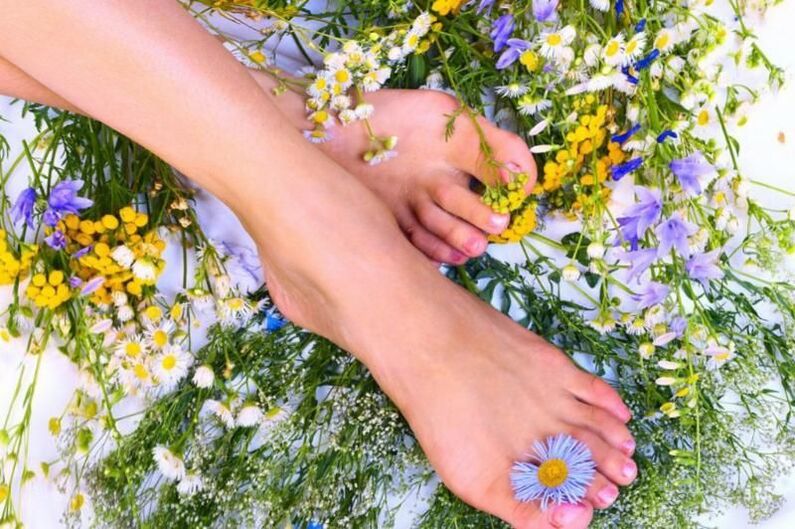
route of infection
- The quality of disinfection of equipment in the pedicure room is poor.
- General shoes, hygiene products (towels, washcloths).
- Rooms with high temperature and humidity: bathhouses, saunas, swimming pools, gyms,
- Increased sweating on the feet,
- Whether there are abrasions and micro-cracks on the skin,
- Does not meet health standards,
- Systemic overheating or hypothermia of the legs,
- diseases related to circulatory system diseases,
- Endocrine disorders caused by metabolic disorders (obesity, diabetes),
- decrease in immunity.
fungal infection symptoms
- A form of erasure where there is mild itching, burning, dryness, and peeling of the spaces between the fingers.
- Squamous. Extensive lamellar peeling occurs in the interdigital folds of the plantar area. The course of the disease is longer - painful cracks, itching.
- If the squamous stage is left untreated, the intertriginous form will develop. The process begins with the stratum corneum of the skin between the fingers becoming congested, moist and loose. When the impregnated areas are separated, the eroded surface is revealed, surrounded by fragments of softened epidermis. The procedure involves the area near the toes and soles of the feet. A person may experience pain when walking and may develop secondary purulent infection.
- Hyperkeratosis. Areas that form dry nodules and bluish-red patches covered with dense scales. They are clearly demarcated from healthy skin and peel along the perimeter. They are located on the sole of the foot, moving to the side of the foot and into the interdigital folds. This form may appear as yellowish calluses with cracks in the top layer. Symptoms: Mild itching, chapped, dry skin.
- Sweating disorder primarily affects the soles of the feet. Clinical images are complemented by large bubbles with tight lids. The rash may be single or multiple. The blisters may coalesce together, forming cortices, or open to expose erosions. As the disease progresses, areas of erosion develop, and when pressure is applied to them, severe pain occurs.
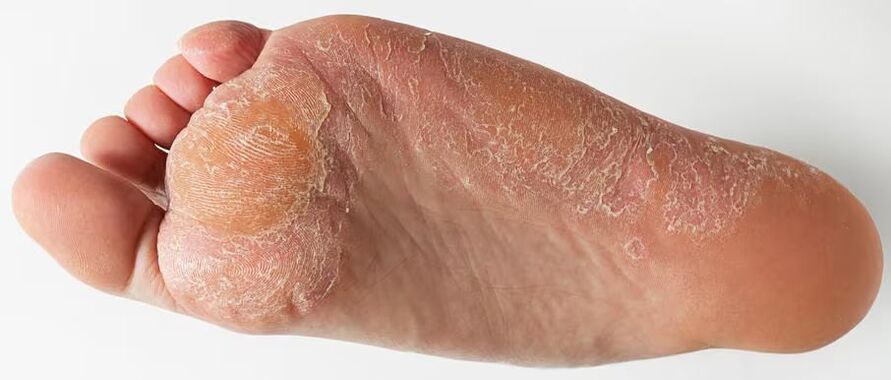
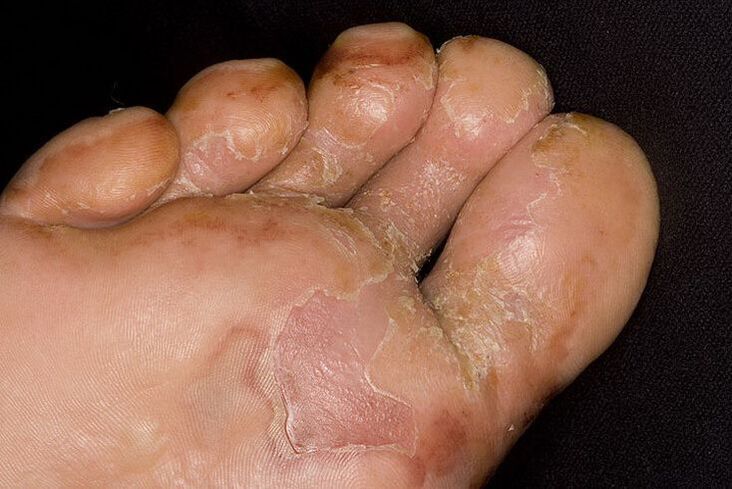
A typical symptom of weeping mycosis is an unpleasant odor on the feet.
Folk remedies treatment
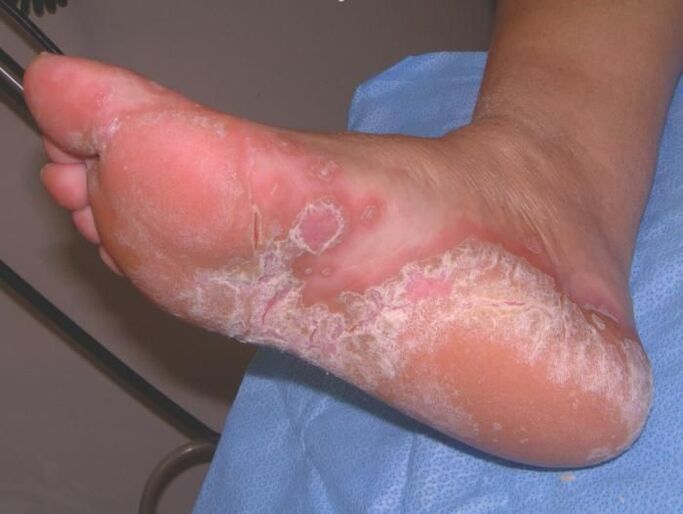
It is impossible to recommend one of the fastest ways to get rid of this disease to everyone. Much depends on the pathological stage, fungal type, individual characteristics of the patient's skin and concomitant diseases.
iodine
- Pour 3 tablespoons of the iodine solution into a container with 5 liters of hot water (40°C). Soak your feet for 20 minutes. Course - 7 surgeries every other day,
- Dilute the alcoholic solution of iodine 1: 1 with vodka. Use this mixture to care for your skin after washing your feet every day before going to bed. The process takes 5-10 days, depending on the severity of symptoms.
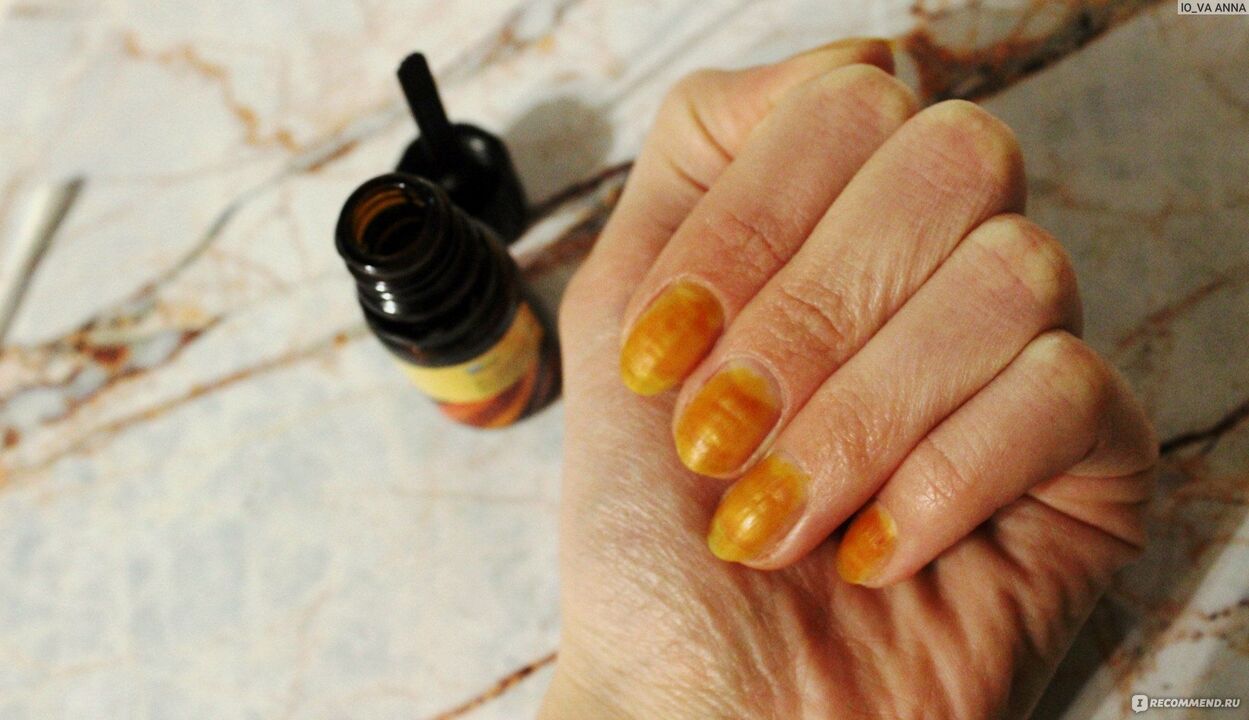
- Personal iodine intolerance,
- thyroid disease,
- Sensitive skin can be easily burned.
hydrogen peroxide
Free oxygen has bactericidal and antifungal properties. In addition, in the area where hydrogen peroxide acts, conditions are created that are not conducive to the survival of fungi.
Celandine
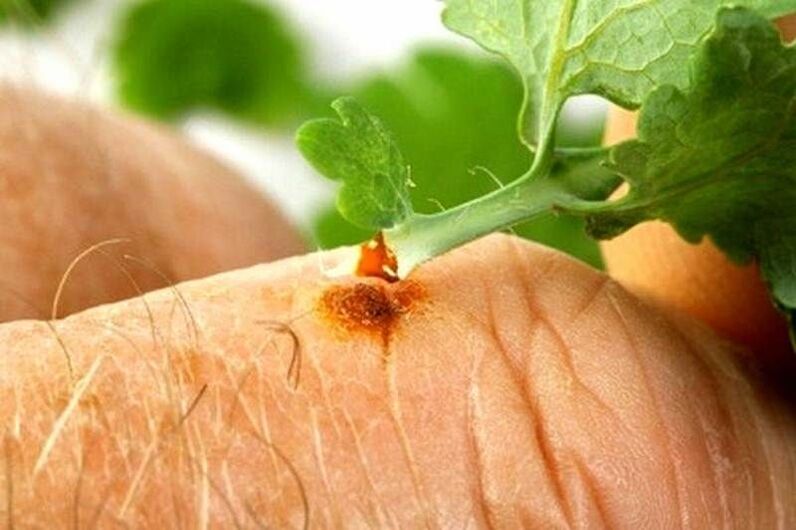
- Put 2 tablespoons of dried celandine ingredients into a container with 200 ml of water, boil over high heat for 10 minutes, drain, and add the soup to the bath water. Place your legs in the basin for 20 minutes. The procedure is performed every other day.
- Chelidonium tincture is prepared as follows: add 1 tablespoon of dried celandine inflorescences to 200 ml of vodka. Infuse in a cool, dark place. After 14 days, strain and use to treat foot fungus, lubricating the affected area twice daily.
Concentrated celandine juice should not be used on erosive lesions - this may cause deep burns to the skin.
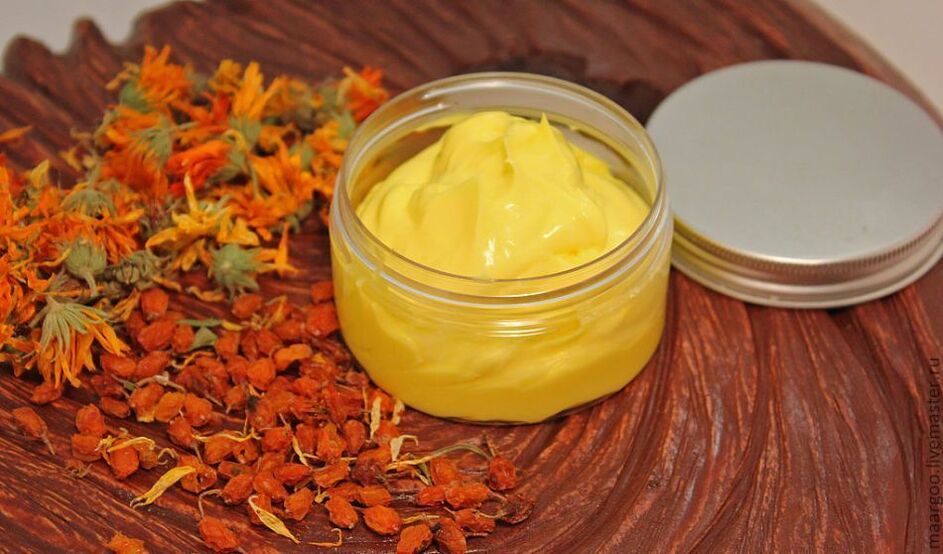
Vinegar: Apple, wine, vinegar essence

Do not try to use vinegar to remove fungus, as it is an acid that will not only cause surface burns on the skin, but will also penetrate into the germ layer of the dermis. This can lead to complications such as scarring on the legs or skin conditions that don't heal long-term.
Soap and soda bath
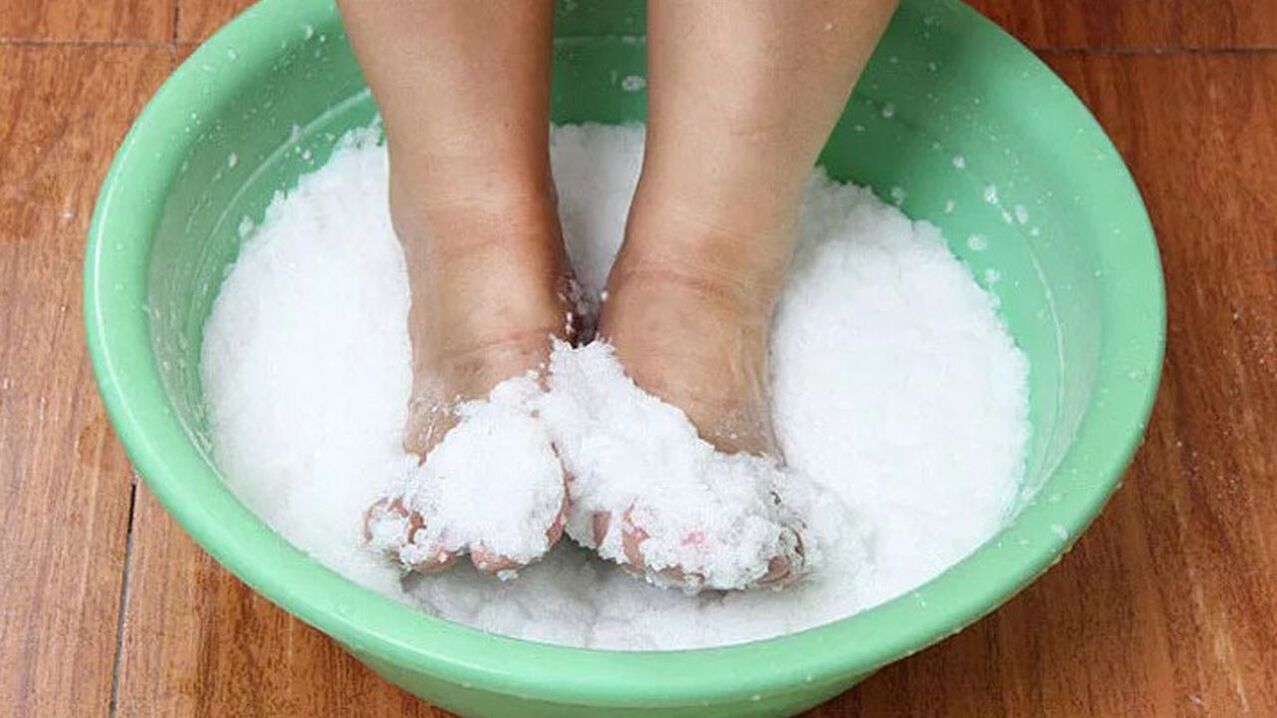
- Add a tablespoon of salt and baking soda to your foot bath.
- Continue this process for 30 minutes, then dry your feet. The course of treatment lasts 5-7 days.
Birch tar and tar soap
- After soaking your feet with soap or soda, trim your nails, apply the ointment and tar to the affected area, and lie down for 1-2 hours to allow it to be fully absorbed.
- Put the socks on your feet and do nothing for 2-3 days. Then wash your feet with cold water and repeat the treatment.
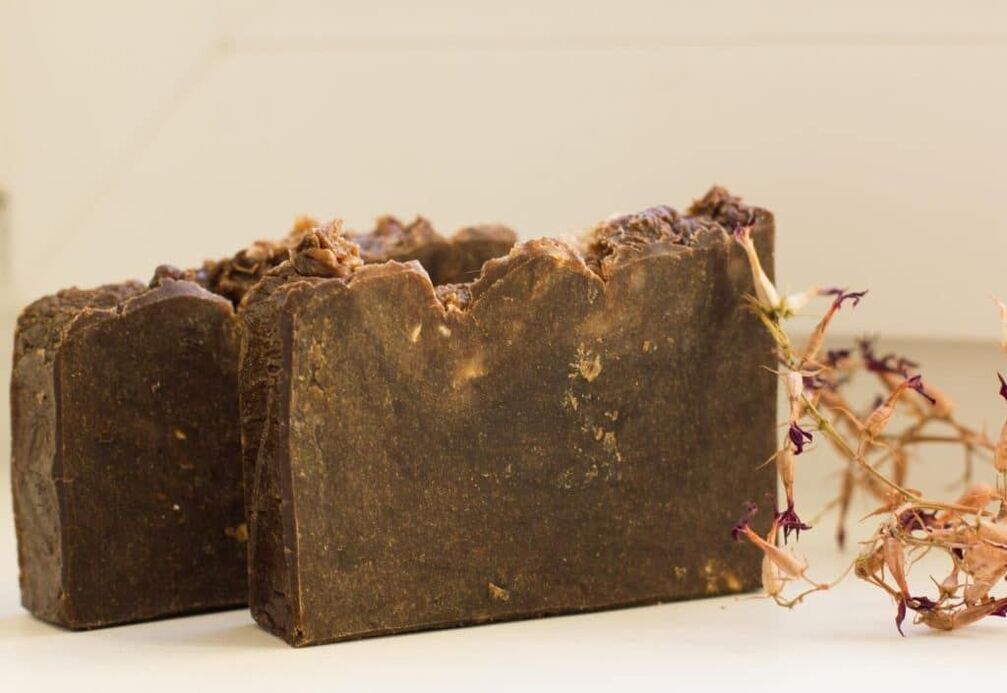
onions, garlic, lemons
Other methods
- marigold,
- blackberry fruit,
- verbena,
- Oak bark.

It is difficult to permanently cure fungus using folk remedies. Home remedies can often reduce the severity of symptoms. If treatment is stopped, the disease may reactivate.
















